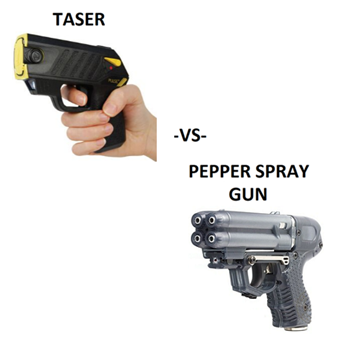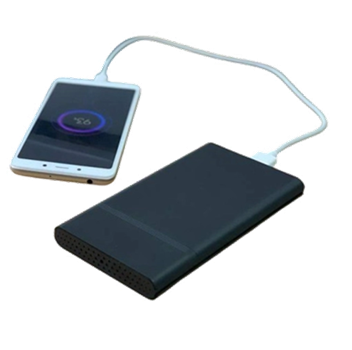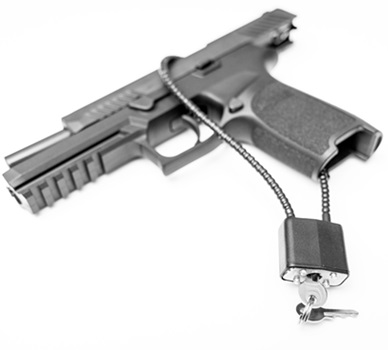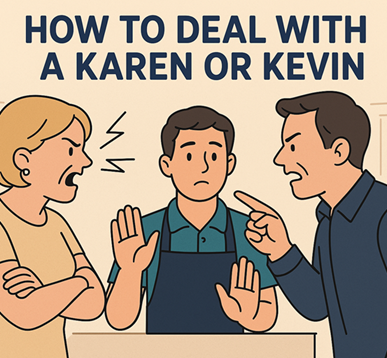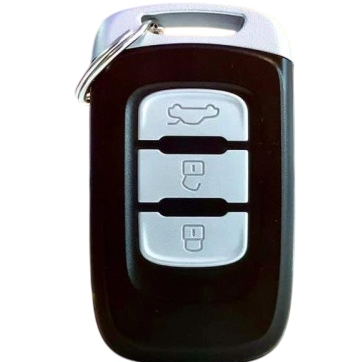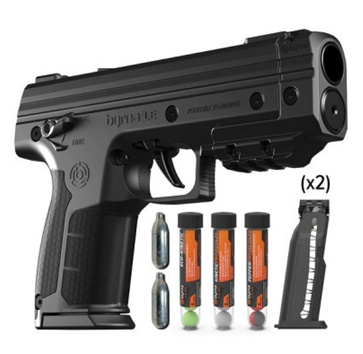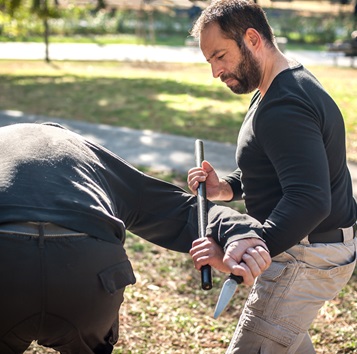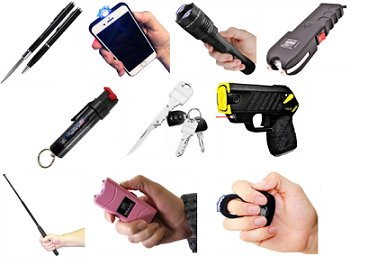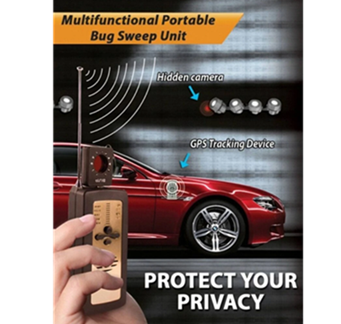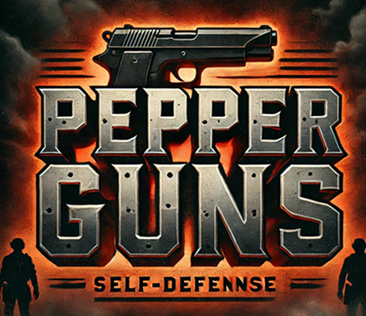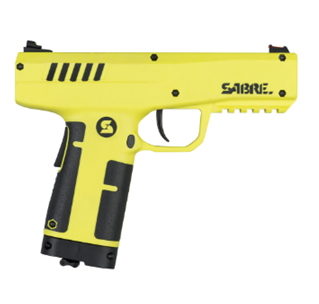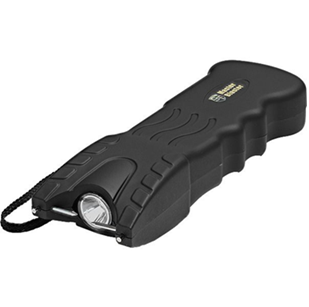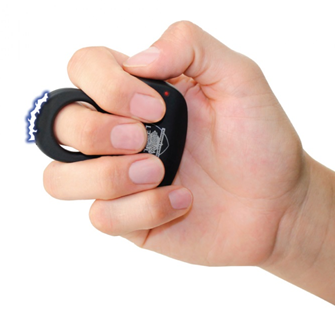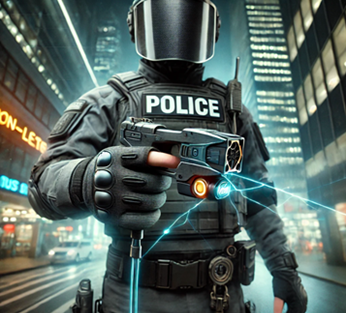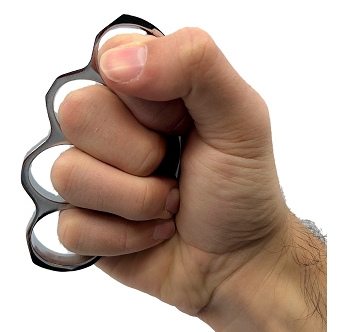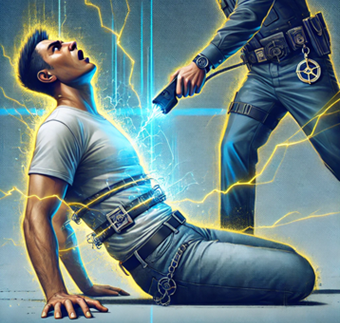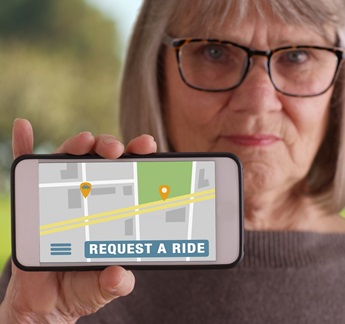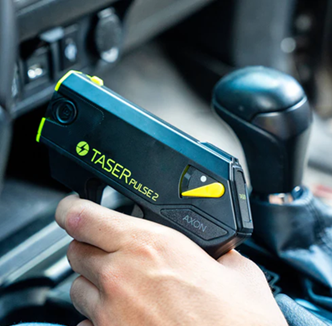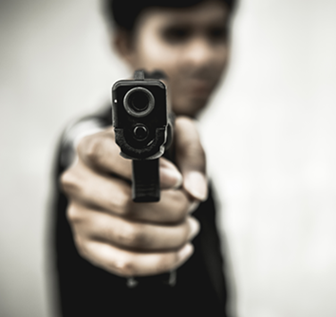Non-Lethal Weapons for Runners, Cyclists, and Outdoor Enthusiasts
 Outdoor activities like running, cycling, and hiking are excellent ways to stay fit, relieve stress, and connect with nature. However, they can also expose individuals to unique safety risks, such as encounters with aggressive animals, potential attackers, or hazardous situations in remote areas. For outdoor enthusiasts, carrying non-lethal weapons can be a practical solution to enhance personal safety without resorting to lethal force. In this blog post, we will explore the best non-lethal weapons tailored to the needs of runners, cyclists, and outdoor enthusiasts, along with tips for choosing, using, and maintaining them.
Outdoor activities like running, cycling, and hiking are excellent ways to stay fit, relieve stress, and connect with nature. However, they can also expose individuals to unique safety risks, such as encounters with aggressive animals, potential attackers, or hazardous situations in remote areas. For outdoor enthusiasts, carrying non-lethal weapons can be a practical solution to enhance personal safety without resorting to lethal force. In this blog post, we will explore the best non-lethal weapons tailored to the needs of runners, cyclists, and outdoor enthusiasts, along with tips for choosing, using, and maintaining them.
Why Non-Lethal Weapons?
Non-lethal weapons are designed to incapacitate or deter threats without causing permanent harm. They are particularly suitable for outdoor enthusiasts for several reasons:
-
Legal Accessibility: Most non-lethal weapons are legal to carry in many regions, making them a viable option for personal safety.
-
Ease of Use: Non-lethal weapons typically require minimal training, making them accessible for individuals of all skill levels.
-
Portability: Many non-lethal tools are lightweight and compact, ideal for carrying during physical activities.
-
Reduced Liability: Using non-lethal force reduces the risk of legal repercussions compared to using a firearm or other lethal weapons.
Top Non-Lethal Weapons for Outdoor Enthusiasts
1. Pepper Spray
Overview: Pepper spray is one of the most popular and effective non-lethal weapons. It contains capsaicin, a chemical that causes intense burning sensations, temporary blindness, and difficulty breathing in attackers or aggressive animals.
Why It’s Ideal:
-
Compact and lightweight, making it easy to carry while running or cycling.
-
Effective against both human threats and aggressive animals like dogs or bears.
-
Available in various sizes and delivery mechanisms, such as keychain sprays, gel sprays, and foggers.
Tips for Use:
-
Aim for the attacker’s face and eyes for maximum effectiveness.
-
Practice using an inert spray to improve accuracy and confidence.
-
Be aware of wind direction to avoid self-contamination.
Legal Note: Check local laws regarding the permissible size and strength of pepper spray.
2. Personal Alarms
Overview: Personal alarms emit a loud, piercing sound designed to attract attention and deter attackers. They are non-violent and easy to use, making them an excellent option for runners and cyclists.
Why It’s Ideal:
-
Lightweight and can be attached to clothing, backpacks, or bike frames.
-
Requires no physical strength or precision to activate.
-
Alerts others nearby, increasing the likelihood of assistance.
Tips for Use:
-
Test the alarm periodically to ensure it’s functioning properly.
-
Keep it easily accessible, such as on a wristband or lanyard.
-
Use in combination with other self-defense tools for added protection.
3. Stun Guns and Tasers
Overview: Stun guns and Tasers deliver an electric shock to incapacitate an attacker temporarily. While more robust than other non-lethal options, they require close proximity or moderate range to use effectively.
Why It’s Ideal:
-
Highly effective in stopping an attacker instantly.
-
Compact models are available for easy portability.
-
Some Tasers offer built-in flashlights for added utility.
Tips for Use:
-
Familiarize yourself with the device’s operation and safety features.
-
Ensure the device is fully charged before heading out.
-
Use only when you feel confident in your ability to deploy it effectively.
Legal Note: Regulations on stun guns and Tasers vary by location. Verify their legality in your area before purchasing.
4. Tactical Flashlights
Overview: Tactical flashlights are durable, high-lumen lights designed for self-defense and illumination. They can temporarily blind an attacker or be used as a blunt object if necessary.
Why It’s Ideal:
-
Multipurpose tool for visibility and self-defense.
-
Compact and easy to carry, even on long runs or rides.
-
Effective in low-light conditions or remote areas.
Tips for Use:
-
Opt for a model with at least 200 lumens for self-defense purposes.
-
Practice using the strobe function to disorient potential threats.
-
Keep it within easy reach, such as in a pocket or mounted on a bike.
5. Expandable Batons
Overview: Expandable batons are compact, telescoping tools that can be extended for self-defense. They provide a physical barrier and can deliver a strong deterrent force.
Why It’s Ideal:
-
Provides a significant reach advantage over an attacker.
-
Compact when collapsed, making it easy to carry.
-
Durable and reusable for multiple situations.
Tips for Use:
-
Take a basic self-defense class to learn proper baton techniques.
-
Practice deploying the baton quickly and efficiently.
-
Avoid excessive force to prevent legal complications.
Legal Note: Some regions have restrictions on carrying batons. Check local regulations before use.
6. Keychain Self-Defense Tools
Overview: Keychain tools, such as kubotans or small, pointed devices, are designed for close-quarters self-defense. They are discreet and easy to carry.
Why It’s Ideal:
-
Extremely portable and lightweight.
-
Easy to attach to keys or clothing.
-
Effective for striking sensitive areas like the eyes, throat, or groin.
Tips for Use:
-
Practice using the tool to ensure familiarity with its design.
-
Pair it with other self-defense techniques for maximum effectiveness.
-
Keep it within easy reach at all times.
Choosing the Right Non-Lethal Weapon
When selecting a non-lethal weapon, consider the following factors:
-
Activity Type: Runners may prefer lightweight, hands-free options like personal alarms or keychain tools, while cyclists might opt for pepper spray mounted on their bike.
-
Environment: Choose tools suitable for urban areas, trails, or remote locations. For example, bear spray is ideal for wilderness hikes.
-
Ease of Use: Select a tool you can deploy quickly and effectively under stress.
-
Legal Restrictions: Research local laws to ensure compliance.
-
Training: Invest time in learning how to use your chosen weapon properly.
Tips for Carrying and Using Non-Lethal Weapons
-
Accessibility: Keep your weapon within easy reach. For runners, this might mean using a wrist strap or belt pouch. Cyclists can attach tools to their bike frame or handlebars.
-
Practice: Familiarize yourself with your weapon’s operation to ensure you can use it confidently in an emergency.
-
Situational Awareness: Stay alert to your surroundings and avoid distractions like headphones in high-risk areas.
-
Regular Maintenance: Check your weapon regularly to ensure it’s in working condition. Replace expired pepper spray or recharge stun guns as needed.
-
Legal Knowledge: Understand the legal implications of using your weapon and be prepared to justify your actions if necessary.
Combining Non-Lethal Weapons with Other Safety Measures
Non-lethal weapons are most effective when combined with other personal safety strategies:
-
Plan Your Route: Stick to well-lit, populated areas whenever possible.
-
Share Your Location: Use GPS apps to let trusted contacts know your whereabouts.
-
Trust Your Instincts: If something feels off, don’t ignore it. Take precautions or change your route.
-
Learn Self-Defense: Basic self-defense training can complement your non-lethal weapon and boost your confidence.
Final Thoughts
Non-lethal weapons provide runners, cyclists, and outdoor enthusiasts with an added layer of security, ensuring they can enjoy their activities with greater peace of mind. By choosing the right tools, practicing their use, and combining them with situational awareness and other safety measures, you can significantly reduce your risk of harm. Remember, the goal of carrying a non-lethal weapon is to deter threats and escape safely—not to escalate a confrontation.
Stay safe, stay prepared, and keep enjoying the great outdoors!
Company Info
Customer Service
Product Information
- TASER® and Stun Devices Regulations by State
- TASER® Safe Escape Product Replacement Guarantee
- TASER® Comparison Chart
- TASER® User Manuals
- TASER® Warranty Info
- Byrna Product Catalog
- PepperBall Manuals & Spec Sheets
- Pepper Spray Laws
- Air Gun Laws
- States that Restrict Automatic and Butterfly Knives
- Our Print Catalog



























